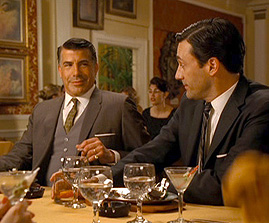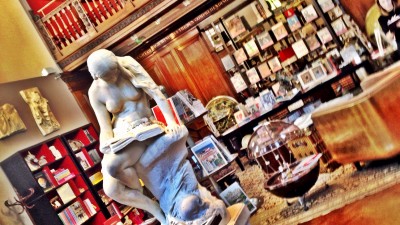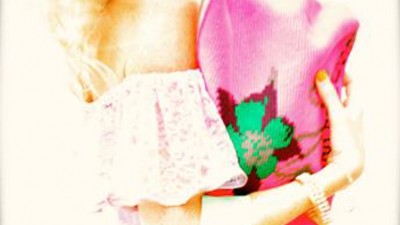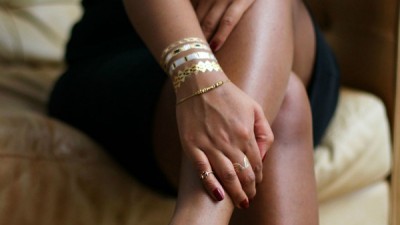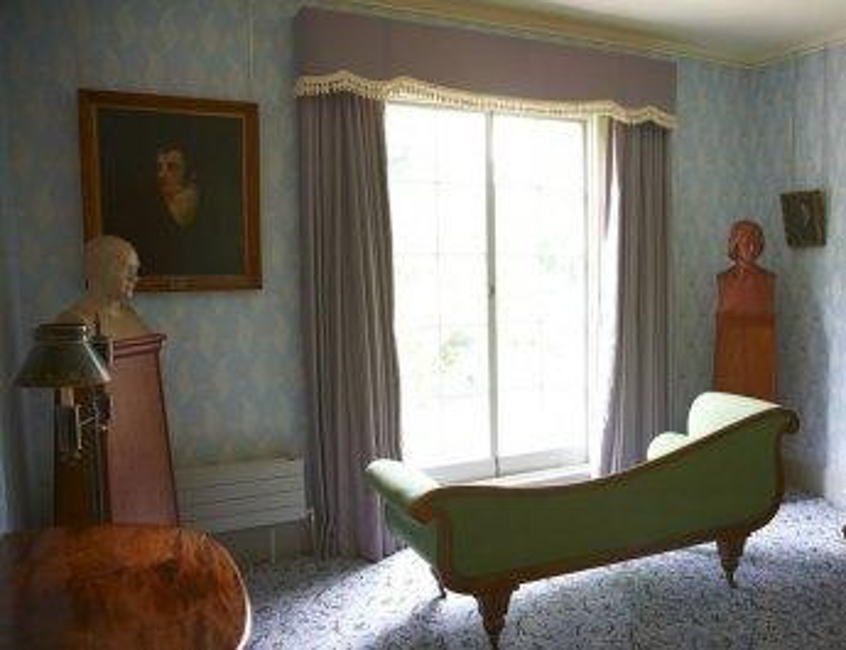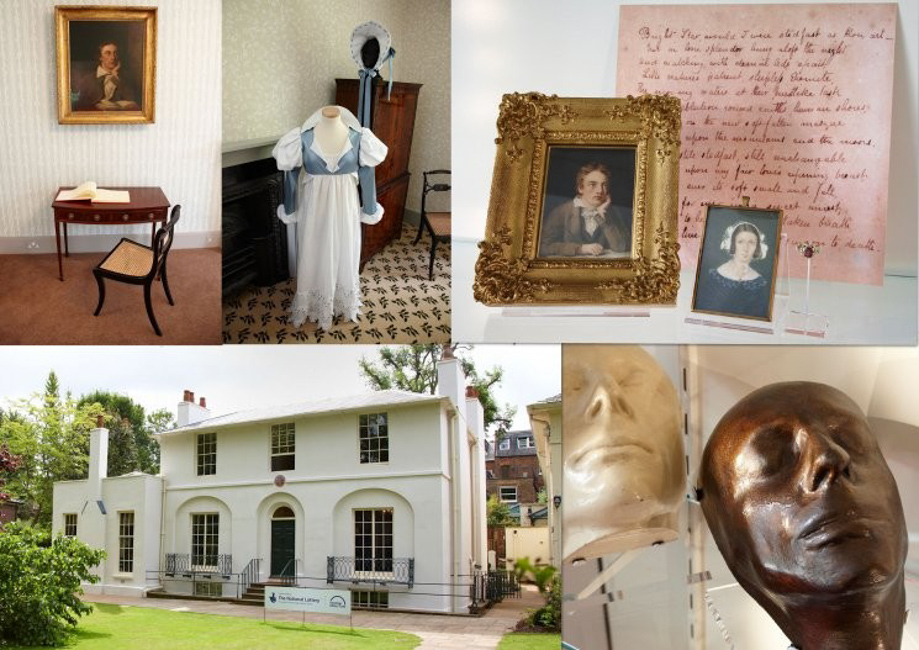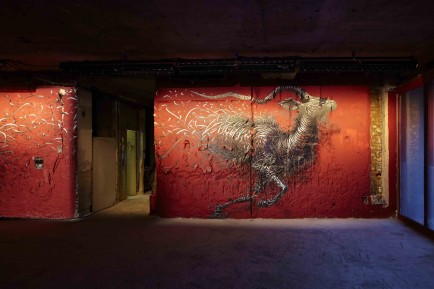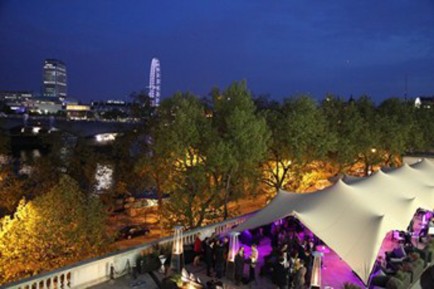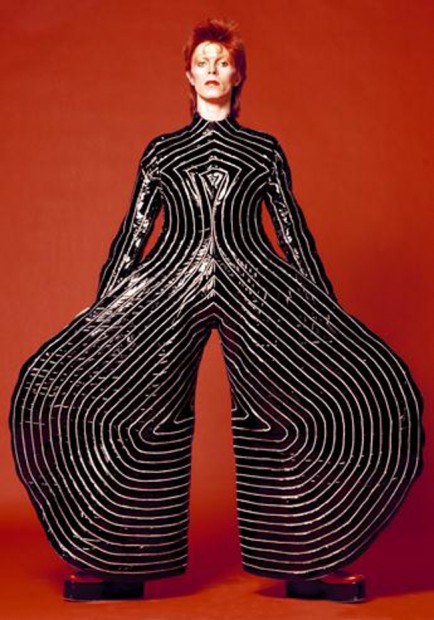You might have read Keats poems or seen Bright Star, the latest film by Jane Campion which retraces his love affair with Fanny Brawne. So why not go and visit the house where he wrote his Ode to a Nightingale and fall in love with his muse, before dying of tuberculosis at the age of 25.
Born in London in 1795, Keats is one of the key figures of the Romantic Movement, along with Lord Byron and Shelley, and remains one of the most popular poets in England. Despite being born in a rather modest family (his father was an ostler) and becoming an orphan at the age of 14, he put himself through medical school, while starting writing poems at the age of 19. He began to visit Wentworth Place -as the house was then known- in 1817, and then came to lodge in the smaller half of the house with his friend Charles Brown from 1818 to 1820. It was in the house that Keats met and fell in love with Fanny Brawne, his “bright star”, who lived in the bigger part of the house with her family and to whom he got engaged. This is also where, in 1819, he wrote some of his most famous poems, including La Belle Dame sans Merci, Ode on a Grecian Urn and Ode to a Nightingale. After contracting tuberculosis, Keats was nursed here by the Brawne family, but John and Fanny broke up their engagement as his health worsened. He left for Italy in 1820, as he was advised to seek warmer climates to try to cure his consumption. He died in Rome in 1821, aged 25, and was buried in the Rome protestant cemetery, under a tombstone bearing only the legend “Here lies One Whose Name was writ in Water”.
The house
Keats House was completed in the winter of 1815-1816 in Hampstead, then a pleasant village noted for its healthy atmosphere, which had long been a haunt of artists and writers. Designed as a pair of semi-detached houses, together they were known as Wentworth Place. The two houses shared a garden, which retains much of the same layout as it did originally, and this is under the surviving mulberry tree that Keats wrote his famous Ode to a Nightingale. The two houses were converted into one in 1838-1839 by the new owner, an actress named Eliza Chester. In 1925, it opened for the first time as a museum. Thanks to a massive refurbishment last summer, each room has been redecorated based on the analysis of surviving paint and wallpaper and historical advice on interior design. There are more than 3,700 items on display, including fourteen handwritten letters by Keats, the engagement ring he gave to Fanny and a life mask of himself cast when he was 21. While this is not an impressive house, it showcases a good example of a Regency decor, as well as providing a nice visit for Keats admirers.
Keats House, Keats Grove, Hampstead NW3 (Tubes: Hampstead, Hampstead Heath)

